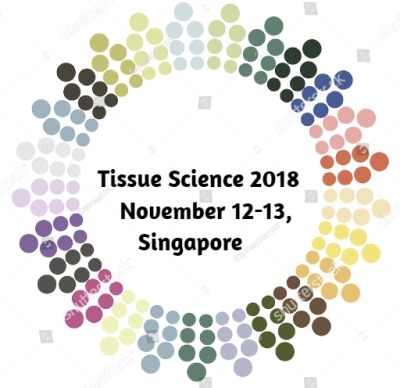
Salwa Mohamed Ali Al-Fituri
Lab medicine, Microbiology, Libya
Title: Prevalence of Bacterial Meningitis and Their ANTIBIOTIC Sensitivity Patterns in Children Admitted To Hospital In Benghazi
Biography
Biography: Salwa Mohamed Ali Al-Fituri
Abstract
To explore the case management and disease burden of bacterial meningitis among children, admitted to Benghazi hospital from (January 2014 - December 2015), to study the trends of bacterial aetiology amongst cases of meningitis. and to isolate, identify and determine the antibiotic susceptibility patterns of pathogens associated with bacterial meningitis Cerebrospinal fluid (CSF) samples were collected from children admitted to children hospital units aged from few days up to 13 years old, and suspected to have bacterial meningitis, Doctor will almost always do a lumbar puncture. In this retrospective study, the data were collected from the laboratory records and statistical unit. A total of 6306 CSF children samples from clinically suspected case of meningitis were subjected to microbiologic unit. There were (400) cases clinically diagnostic as BM in children, 103 cases were found to be CSF bacterial culture positive and (77) were positive by gram stain (41%). Most of meningitis cases were found in male’s children 225 (56%) than females175 (44%). The ratio of male to female was (1.3-1). Fever was the most common presentation (90%) followed by vomiting (60%), poor oral intake (51%). The mortality rate was (7%), Coagulase negative staphylococcus was the most frequent pathogens isolated (55%)followed by E. coli (15.5%)then staph aureus (14.6), followed by streptococcus pneumonia (11.7%), Klebsiella pneumoniae (9.7%), Acinetobacter species, (5.8%), then Pseudomonas species, (4.9%), and among the seasonal effect the highest incidence in the study area were occurred on Augustus.

